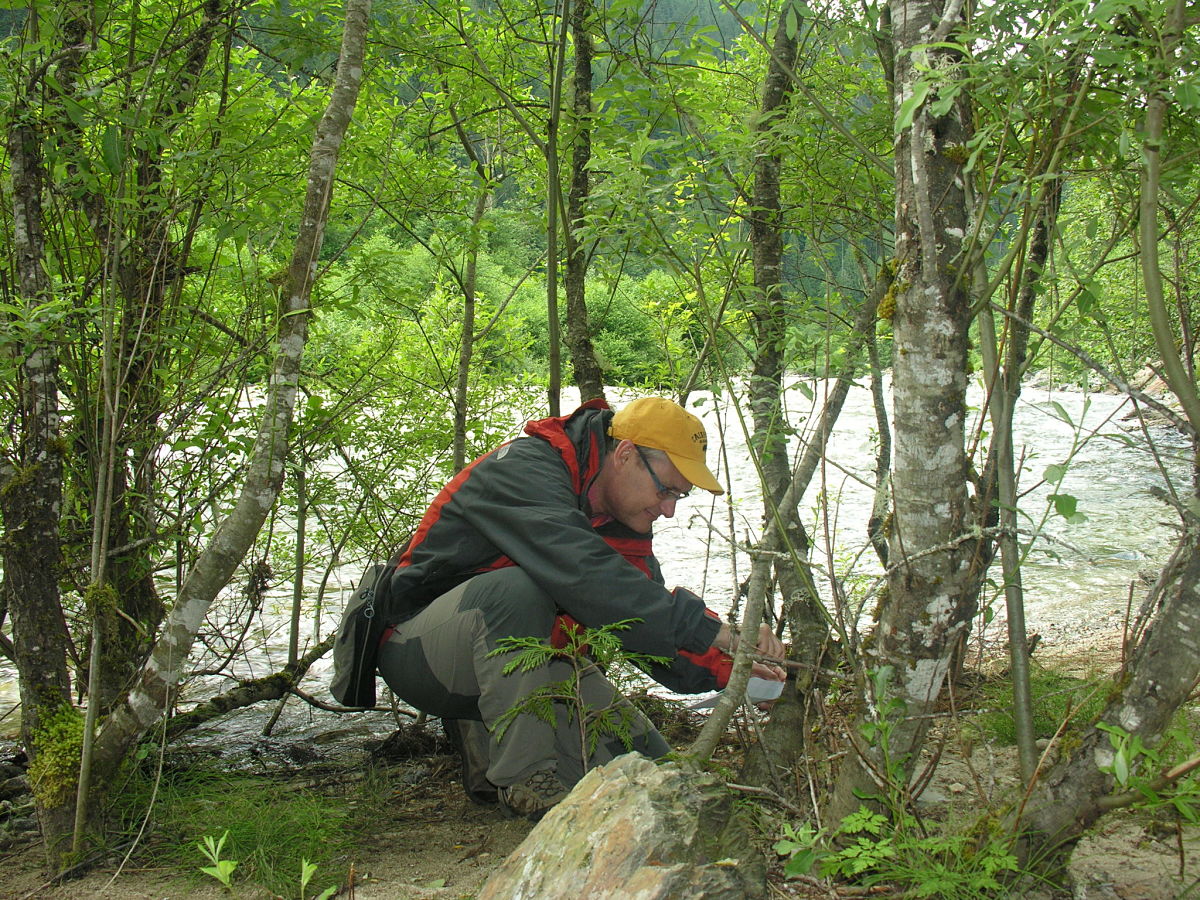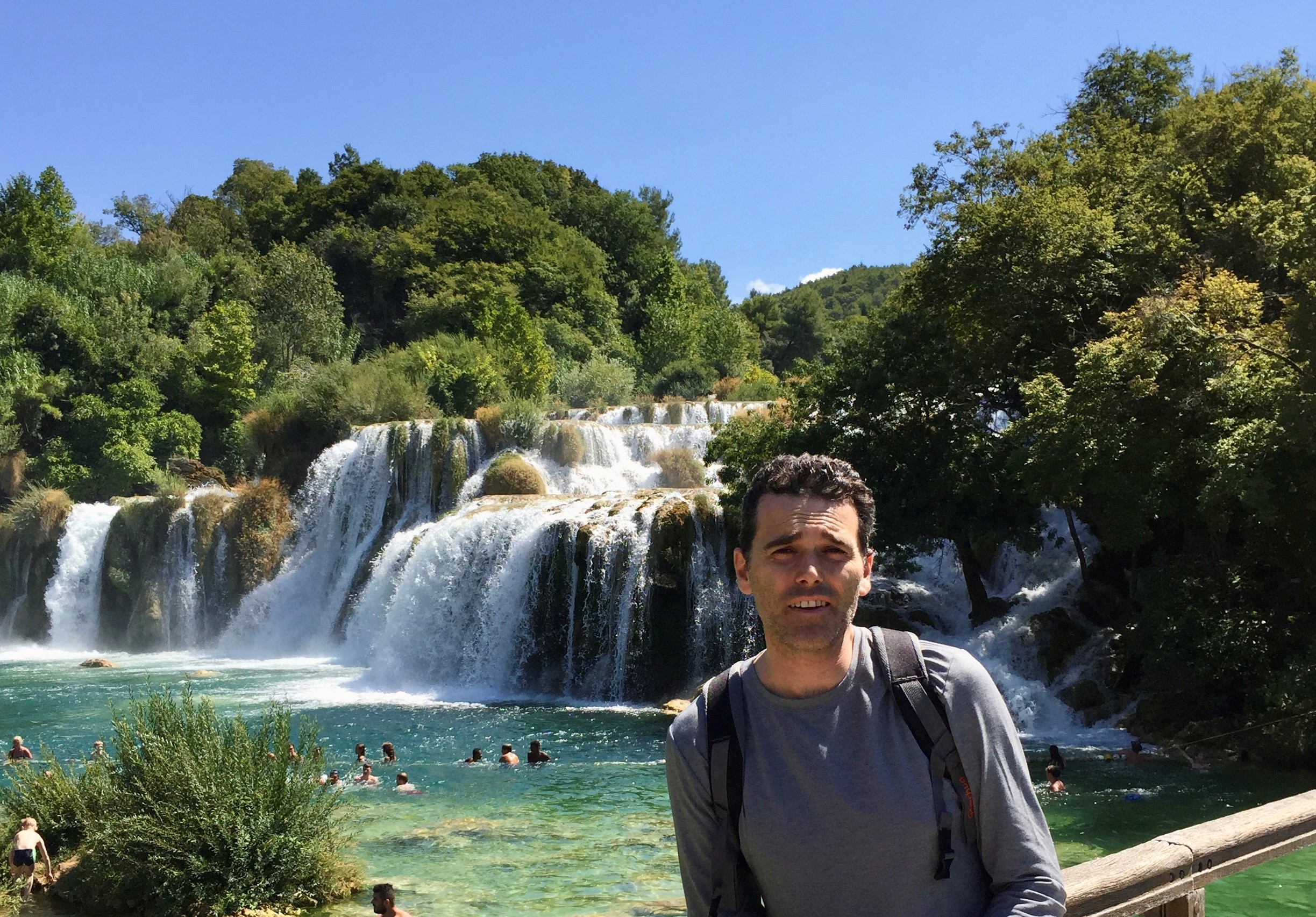Botanist of the month: Dani Montesinos

What attracted you to Botany?
Like many people of my generation, the documentaries and books by Felix Rodriguez de la Fuente awakened in me a great interest in nature, something that was also highly appreciated and encouraged in my family. But those documentaries were very focused on animals, and other organisms appeared in a rather zoocentric context. Even so, I was always very interested in ecology, and in understanding how some organisms influenced others through a network of interactions. Although I have my mother to thank for her love of plants and her lessons on how to care for them, I only discovered my true vocation for them as a biology student. I remember very well my first botany class with Prof. Antonio Aguilella, using the magnifying glass to dissect some flowers and thinking, how beautiful, it’s incredible that these modest and discreet flowers hide so much beauty, and from then on all my interest was focused on plants.
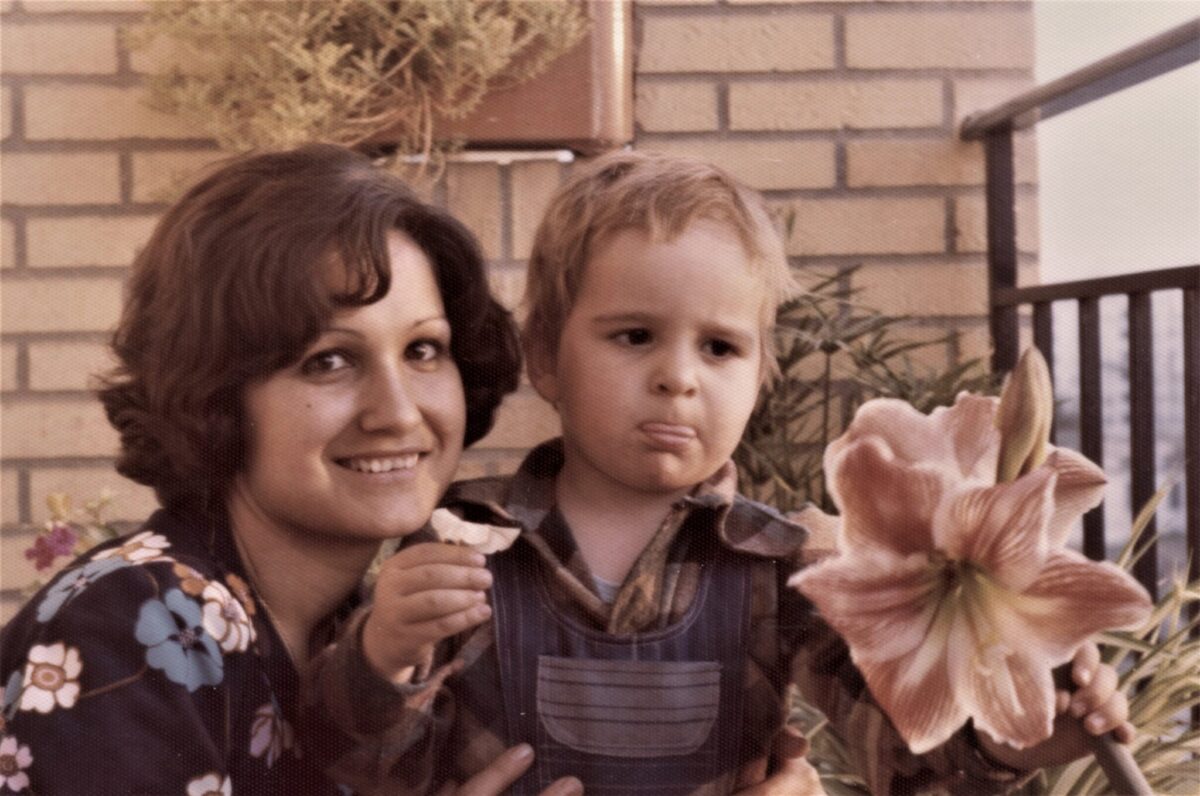
Could you summarise your professional career?
I studied biology at the University of Valencia and began to collaborate with Prof. Isabel Mateu as a student intern in the Department of Botany. Shortly afterwards, the opportunity arose to carry out a small research project on Silene diclinis, a wild carnation endemic to La Safor, in collaboration with Patricio García-Fayos, from the Desertification Research Centre (CSIC-UV-GV), and that was the basis for my DEA (Diploma of Advanced Studies, which is how they called then what became “Masters”). That contact with Patricio made it easier for me to work as a research technician on a road slope restoration project at the CIDE, and then to get a PhD scholarship with Miguel Verdú and Patricio at the same centre, studying the ecology of juniper (Juniperus thurifera).
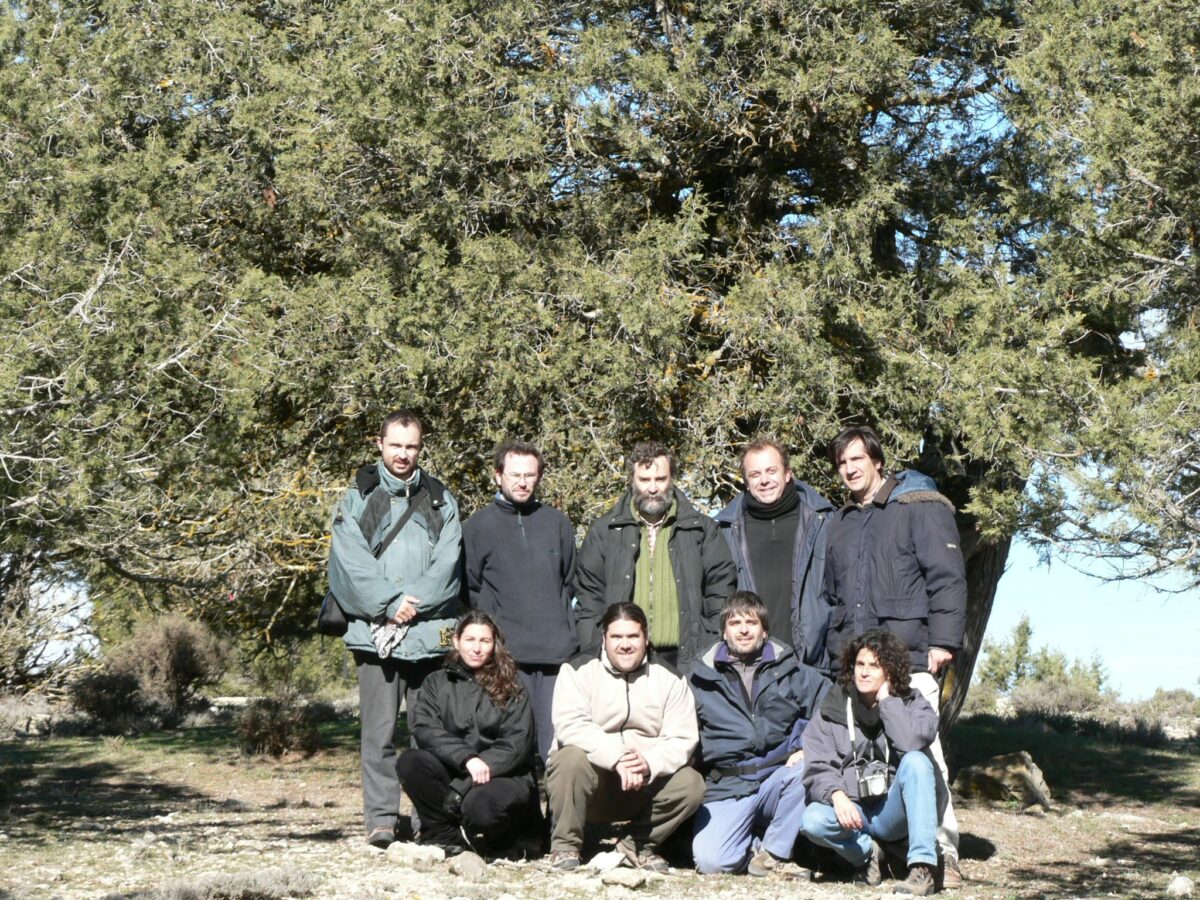
Left-Right, top to bottom: Jaume Tormo, Gabriel Ballester, Patricio García-Fayos, Tono Bellido, Miguel Verdú, Gabriela Gleiser, Jorge Porrúa, Daniel Montesinos, and Esther Bochet
After my PhD I worked for more than a year in the Tinença de Benifassà Natural Park, the most beautiful and wild place you can find two hours away from Valencia. There I got a postdoctoral scholarship from the Ministry to go to Montana, in the USA, where I transitioned to the study of invasive plants with Prof. Ragan Callaway, a world-class expert. After Montana, I won another postdoctoral fellowship at the University of Coimbra, Portugal, where I joined a five-year research contract. At the end of that contract I got a research position at the Australian Tropical Herbarium (CNS) at James Cook University, in the Australian tropics, where I continue to work on invasive plants.
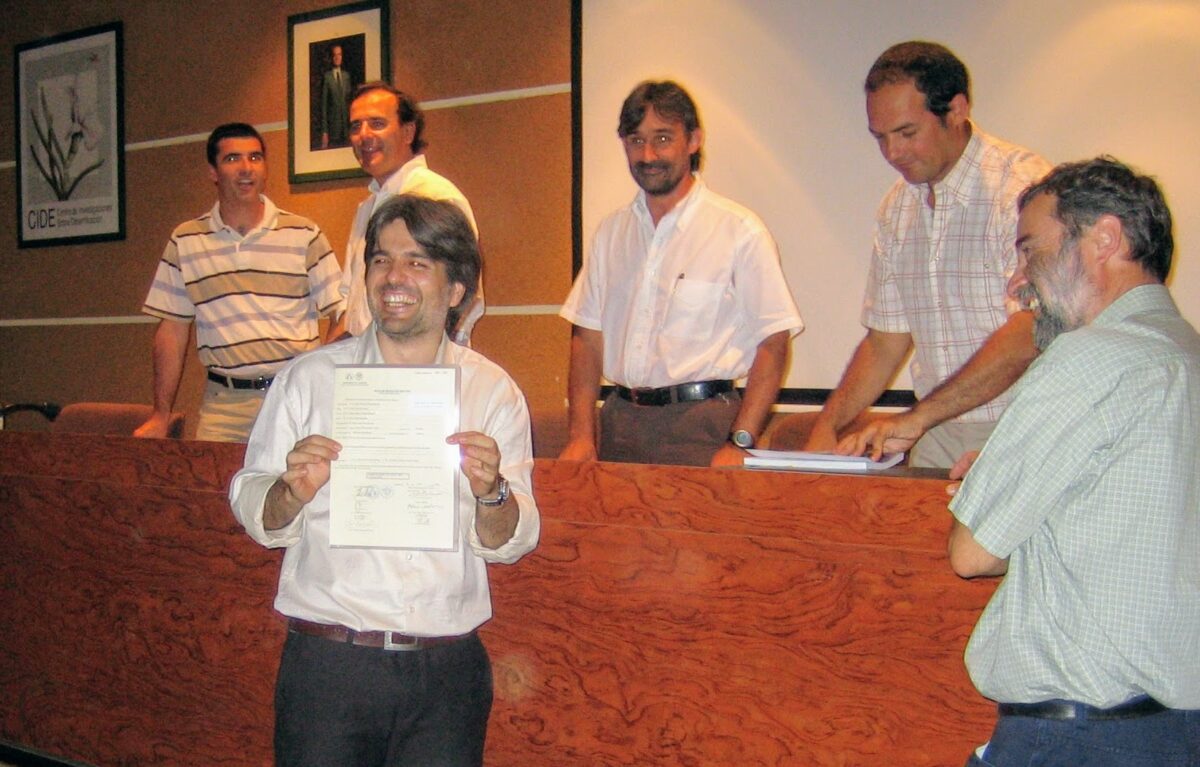
What does your work consist of?
As a researcher I focus my work on developing experiments that allow us to understand what characteristics give invasive plants advantages when they are introduced into new habitats. Invasive plants are very interesting because in a way they are “unplanned experiments” that allow us to understand what happens when a plant is exposed to a different environment. Introduced plants that manage to survive and adapt to their new environment often develop evolutionary adaptations in very “short” periods of time (a hundred or two hundred years), and this is precisely how they manage to dominate the habitats they colonise. This is very important because many native plants also have to adapt to changing environments, for example, right now, as a result of climate change. Studying the ecology of invasive plants is important for two reasons: first, it allows us to understand how they are so successful and, therefore, what are the “weak points” we can attack to control them; second, understanding how they manage to adapt and succeed in different conditions also gives us clues as to how native plants, or crops important for human food, might also adapt to a climate that is changing at a rate never seen before in Earth’s history.
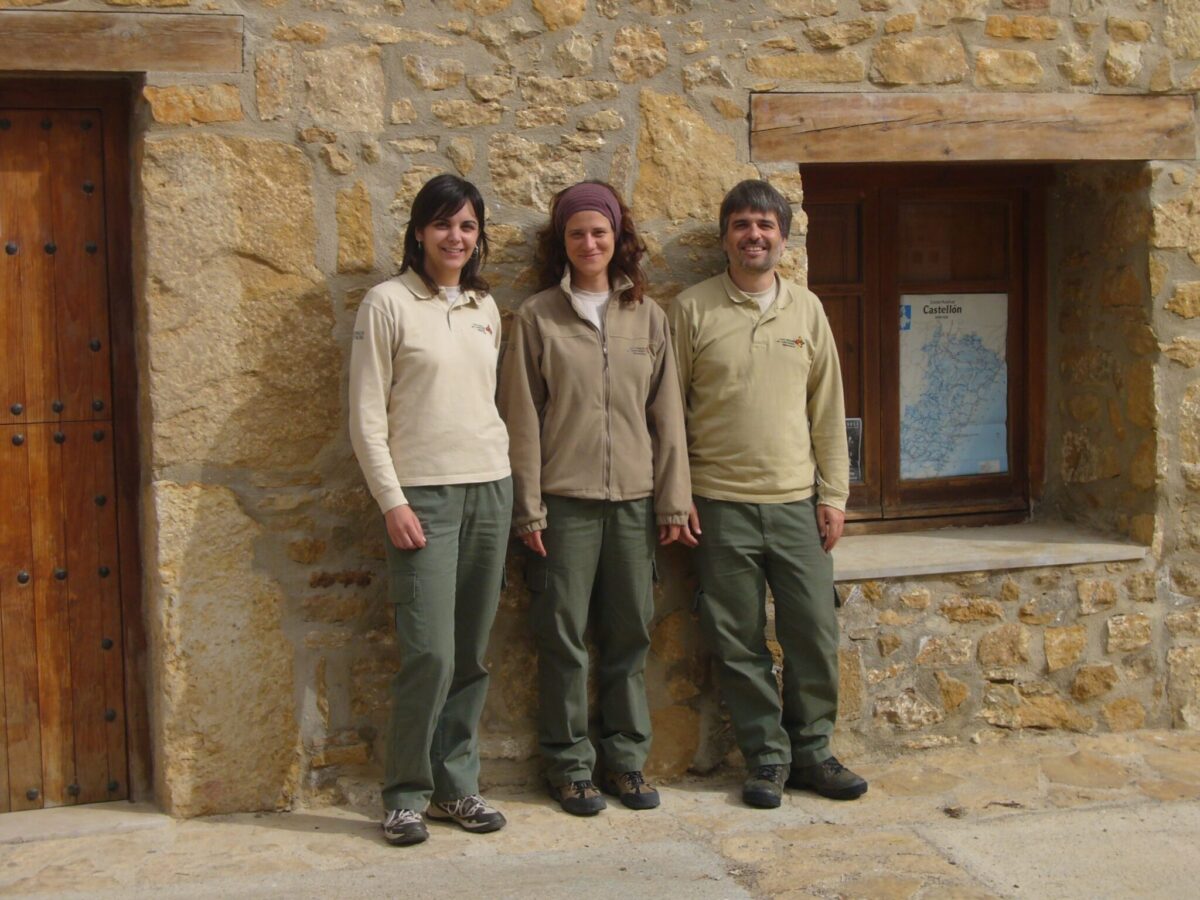
Your speciality is the evolutionary ecology of plants. What interested you in this field of study?
I love plants, and I am passionate about understanding how natural systems work, so with that combination, I could only end up working in plant ecology. I would have loved to be a “real” botanist, but I soon discovered that I didn’t have the right skills to pursue such a career, especially as I have a terrible memory! So, although I started out in the Botany Department, somehow by natural selection, I turned my attention towards studying the interactions between a few species and their environment, rather than studying many different plant species.
What impact or repercussion do the results of your studies have?
Although I work with invasive plants my research is not very applied. I study invasive plants to understand how plants function, and how they colonise new environments and how they react to new interactions with different organisms, and that is very informative about how ecosystems function, and how they stop functioning when they are invaded. The knowledge I produce has applications, of course, but it is usually other researchers and managers who take leadership and use what I have described to develop applied management interventions. This seems to me to be another good example of the importance of basic research in order to have the knowledge to develop applications. Few researchers have the capacity to do both basic and applied research, and the idea that only applied science is of interest has no long-term trajectory. That is why I believe my research has an important long-term impact, through other researchers and practitioners, in areas ranging from habitat conservation, invasive plant management, habitat management in response to climate change, and even crop adaptation to drought conditions.
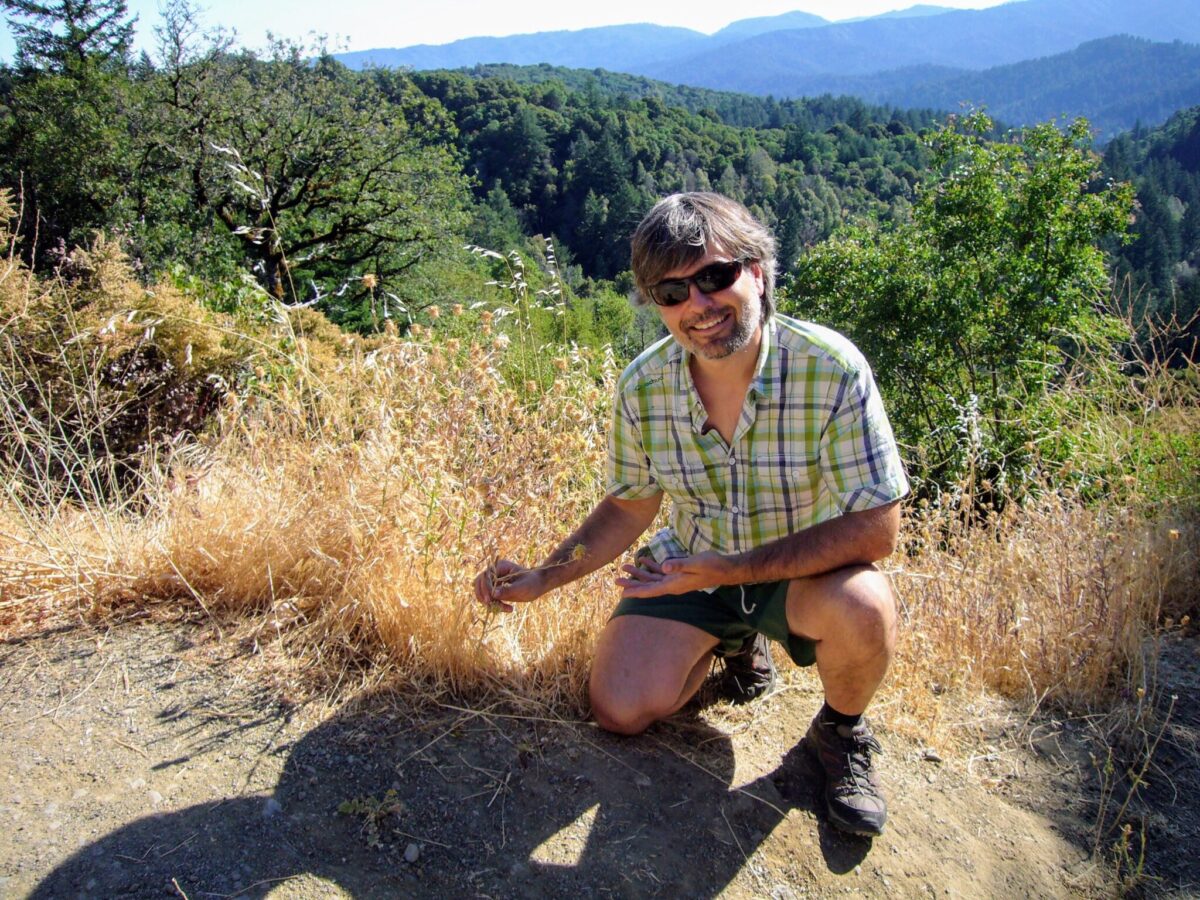
Tell us about the project you are working on right now.
My work is very biogeographical. I get seeds of a species from various regions of the world, including from the native range and various non-native ranges. With these seeds I carry out greenhouse experiments, in which I study the differences between plants of the same species, but from different parts of the world. It is fascinating to see how the same species can be much larger, or produce many more flowers in one part of the world than in another, even when all the seeds are growing in exactly the same greenhouse conditions. These differences between regions, especially when they persist over several generations, tell us that plants are evolving differently in the different regions they colonise, to adapt to the small climatic and ecological differences in each region. Most interestingly, because we know roughly when they were introduced in each region, we can estimate the speed at which evolution can work. Invasive plants have taught us that evolution by natural selection can occur in periods of less than 100 years, and my work with the yellow siskin (Centaurea solstitialis) has shown that some invasive species are starting to present reproductive barriers between populations of the native range in Spain and the non-native range in America. This is incredible because we used to think that evolution, let alone speciation, could only be evident after thousands of years of natural selection, and thanks to the study of invasive plants we now know that some reproductive barriers can appear in little more than 100 years.
What is your relationship with the Jardí Botànic of the University of Valencia?
The Jardí Botànic of the University of Valencia is very special to me, I have seen many botanical gardens in the world and the one in Valencia is still my favourite. Because of the affordable size, which at the same time is large enough to house a very representative collection of plants and even habitats that you can see more or less completely in one morning. I also find the maintenance excellent, it is always very well kept, with very well labelled plants and very well cared for collections. It is clear that the University is committed to maintaining a service that is extremely important for many other scientists beyond botany. Unfortunately, not all universities have such a clear and coherent vision of the importance of providing minimum conditions for herbaria and botanical gardens.
Have you met interesting people through your work?
Well, the world of science is a haven for peculiar people, and I mean that in a good way. There are many intelligences and someone who is very intelligent in one aspect (analytical, mathematical, spatial intelligence) may not be so intelligent in others. This is where the stereotype of the scientist with low emotional intelligence comes in, which I think is often true, but not so much. Some of the most emotionally intelligent people I have met were also extremely intelligent in many other areas. It is humbling to realise how intelligent some of the people you meet and work with are, but I consider it a privilege to be able to live in a space where diversity, including intellectual diversity, is accepted with a certain degree of normality.
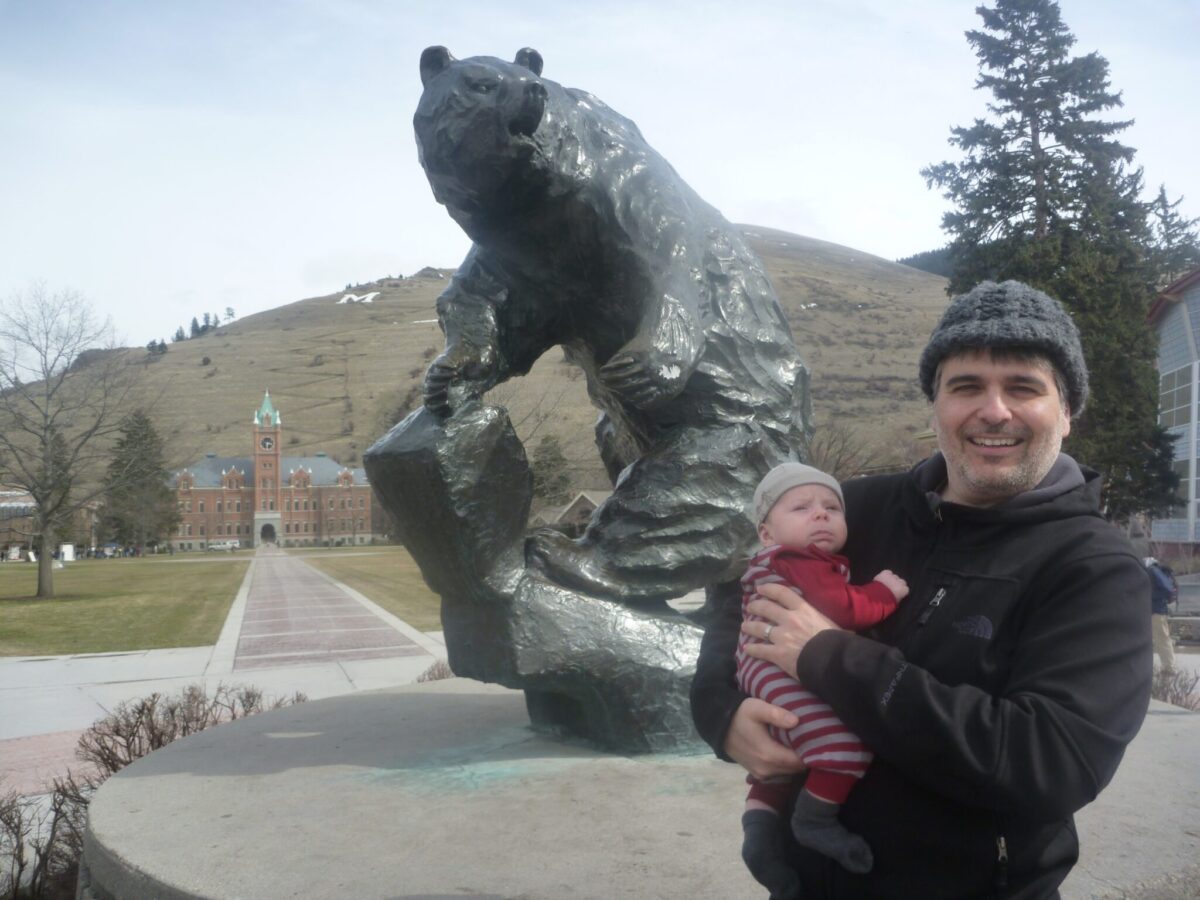
How important is outreach? In the case of bryology, for example, is it given sufficient coverage?
Outreach is all very well, but it is a profession. I think there is a lot of emphasis on researchers disseminating, but the reality is that researchers rarely have the knowledge and skills to outreach effectively. There are a growing number of communicators who do a very good job of communicating the results of research work, and that is a way forward. But it makes no sense to ask a researcher to invest a significant amount of time in producing materials that they are not prepared to produce or distribute, I think we are at the point where the request to invest time in dissemination has to be accompanied by the request that it is always done under the supervision of, and in collaboration with, a person trained in communicating science.
What does the future hold for botany and how do you assess the employment situation in the sector?
Botany is an inevitable science on this planet. We cannot have a society without botanists, it is unimaginable. Unfortunately, natural history disciplines are in a delicate situation. The current scientific system promotes experimental sciences such as ecology or genetics, but these experimental sciences could not be developed without relying on the natural history collections of herbaria, botanical gardens, or zoological museums. Someone pursuing a career in taxonomy has a very difficult time competing in a system designed to promote experimental sciences. The solution I see is for institutions to understand that natural history is the foundation for all other natural sciences, and to provide resources to ensure that enough professionals are trained to provide this basic service. There should be specific funding lines for taxonomy and natural history, perhaps as specific calls for PhD students and projects, managed through the botanical gardens and museums themselves.
What is the essential skill for your job?
There is a phrase I found on Twitter that I find very inspiring: “I don’t have any special talent, I’m just very persevering”. Science is usually a long-distance race. Some people are extremely bright, but even they have to do a job that offers little short-term satisfaction. Many skills can help you, but the main one is to be persevering, and creative, innovative, etc., but always persevering.
Do you consider yourself a disciple of any particular botanist?
I consider myself very fortunate to have had each and every one of the supervisors I have had, from Isabel Mateu and Patricio García-Fayos to Miguel Verdú and Ray Callaway. Each of these people has taught me a complementary aspect of what it is to be a scientist without which I cannot imagine becoming a competent professional.
Which botanist would you have liked to meet in person?
I would have loved to meet Alexander von Humboldt. I was always attracted to his work and the sporadic references I had to his life, but recently I read Andrea Wulf’s “The Invention of Nature” and I was irreversibly captivated by his life and work. It is a very readable and interesting book in which she reviews his life in an almost novelistic way, and which also makes us understand the important historical moment in which nature went from being seen as something negative and dangerous to being appreciated for sustaining conditions suitable for our lives. In a way, Humboldt was the first ecologist and also the first ecologist, at a time in history when the negative effects of the industrial revolution on the environment were becoming evident.
What is the worst part of your job and the most rewarding?
The worst part of scientific research is, as I read in an interview with another researcher, “that she was tired of feeling stupid every day”. Research means going where no one has ever gone before. Most of the time just a little bit further, but always where no one has gone, after all that is why it is research. This is very interesting and motivating, but it can also be very tiring in the long run, because we are constantly confronted with feelings of insecurity. We should interpret those feelings as a sign that we are on the right path, rather than following the complacent path of repeating what we already know how to do, but it’s easier said than done, of course. For me the best part is supervising students. As a researcher I don’t teach, or only very sporadically as a guest lecturer, but I supervise Master’s students, PhD students, and sometimes small research projects. To see a student progress and grow professionally, and to understand that I have done my bit to help that person perhaps go further than I have, is one of the most rewarding things I have ever experienced. I don’t consider myself a particularly bright person, but I think I am a good scientist, and I think I am good at teaching other people brighter than me how to be a good scientist.







